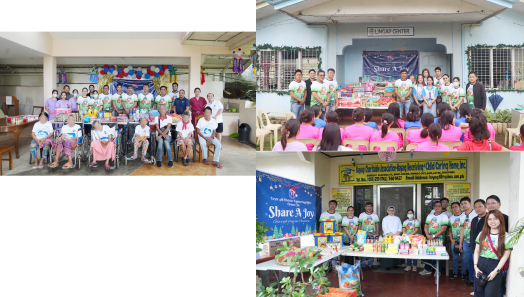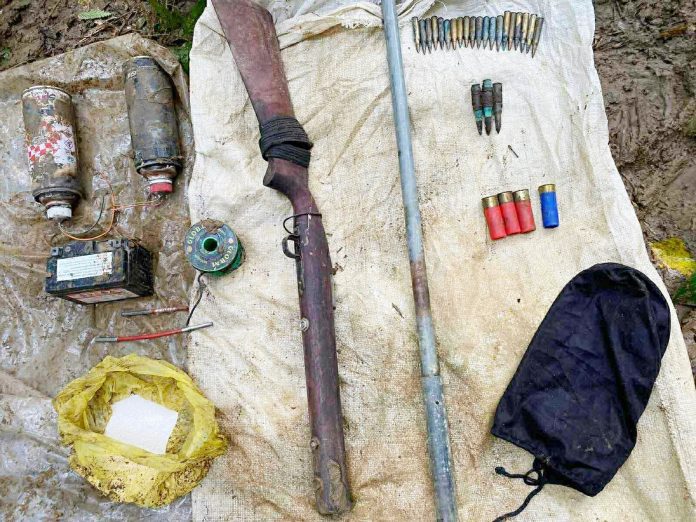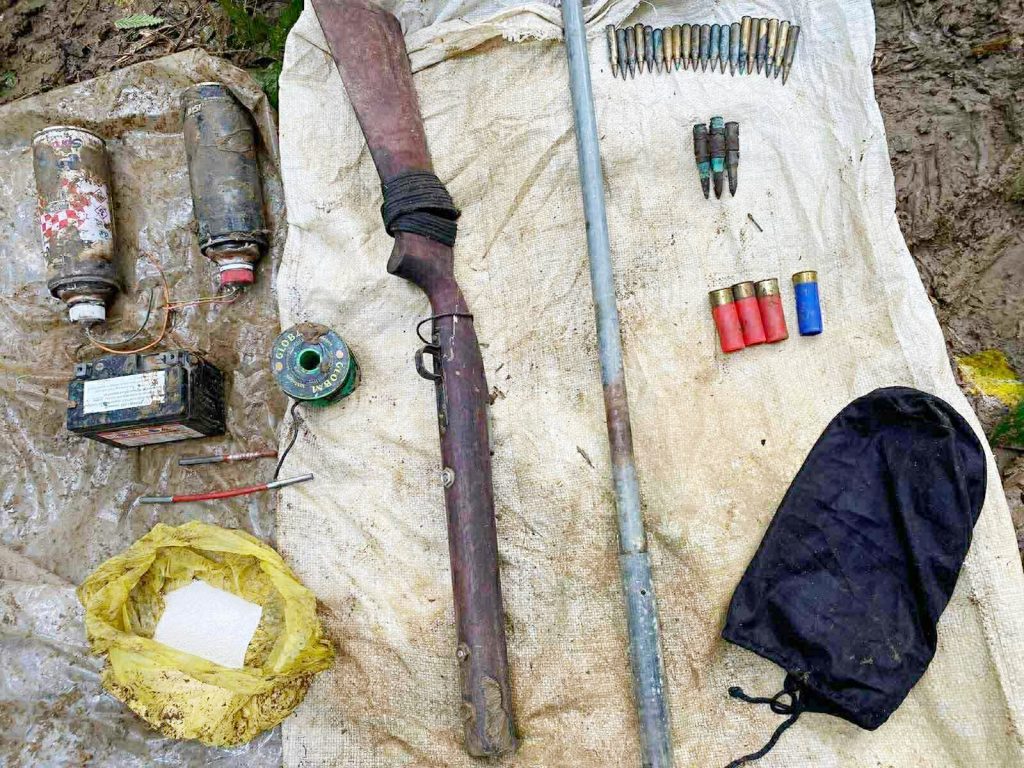TACLOBAN CITY — President Ferdinand Marcos Jr. has ordered the immediate rehabilitation of the Maharlika Highway, tapping into billions of pesos in projected savings from sweeping cost-cutting reforms at the Department of Public Works and Highways (DPWH).
The directive was disclosed by House Minority Leader and 4Ps party-list Representative Marcelino “Nonoy” Libanan, a native of Eastern Visayas, whose home region has long struggled with the highway’s deteriorated sections.
Libanan said DPWH Secretary Vince Dizon relayed the President’s instruction during a brief discussion on the sidelines of the December 9 Legislative-Executive Development Advisory Council (LEDAC) meeting.
“Secretary Dizon told me that the DPWH will use the savings from sweeping cost reforms to fund the highway’s long-overdue restoration,” Libanan said, adding that the move is a welcome development for lawmakers from the Samar provinces who have been pressing for repairs.
DPWH officials expect the cost reforms—such as aligning the prices of construction materials like steel, gravel, and cement with prevailing market rates—to generate up to P60 billion in savings for 2026. The reforms aim to curb inflation, eliminate inefficiencies, and free up funds for critical infrastructure projects nationwide.
The Maharlika Highway, also known as the Pan-Philippine Highway, is the country’s longest transport corridor, stretching more than 3,300 kilometers from Laoag City in Luzon to Zamboanga City in Mindanao, linking Samar and Leyte islands through a network of roads, bridges, expressways, and RORO routes. Its deteriorated sections—particularly in Samar—have long frustrated local communities, disrupting trade, travel, and emergency response.
Libanan noted that he had repeatedly raised the need for rehabilitation in past budget hearings and privileged speeches. He called the President’s directive a long-awaited breakthrough that promises safer and more reliable inter-island connectivity for Eastern Visayas and the rest of the country.
LEDAC, chaired by the President, serves as the government’s highest policy-coordination body, aligning executive and legislative priorities to ensure timely implementation of national development programs.
(LIZBETH ANN A. ABELLA)



